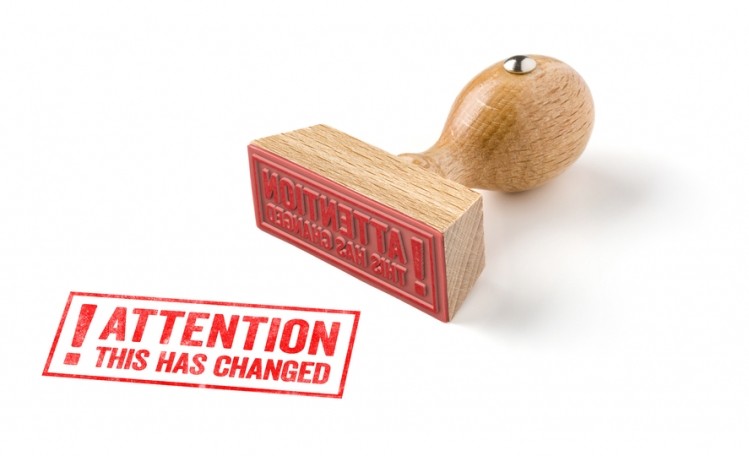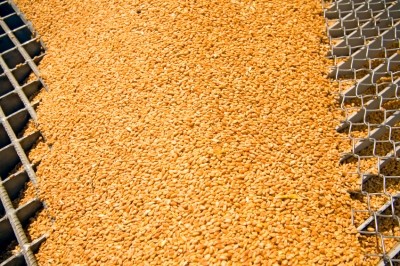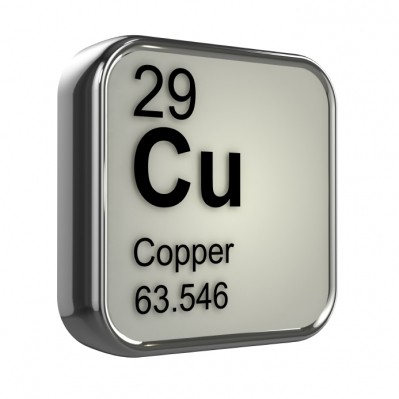Claims section of new labelling code will foster innovation: FEFAC

The new code was rubber stamped by the EU executive this week through publication in the Official Journal of the EU.
The rules were devised by EU Feed Manufacturers’ Federation (FEFAC) and farmer lobby, Copa-Cogeca.
The claims section of the new guidelines outlines a harmonized set of requirements regarding the nature of the claims that are permitted or prohibited as well as guidance for the substantiation of claims.
Fair trade
“These new labelling rules for marketing compound feed for livestock are the first to be officially endorsed by the Commission. The text was also approved by the EU-28 during the Standing Committee on Plants, Animals, Food and Feed (SCOPAFF) meeting in May this year.
“The code, particularly the section on claims, will ensure fair trade as it must be implemented in the same manner in all EU countries. It will spur innovation in the EU feed sector as it allows manufacturers to communicate on the added value of a product through a justified claim,” Arnaud Bouxin, deputy secretary-general of FEFAC, told us.
The labelling rules went through multiple revisions, he said.
“From the start, we decided to have feed manufacturers and farmers working hand in hand and that side of things went well.
“The challenge was more with national authorities, in particular for claims, because the perception of what is acceptable and what is not and the level of justification required was different across countries. We had to accommodate that and scale down our ambitions accordingly. The number of examples of claims had to be significantly reduced, for instance.
“There was also divergent opinion among member states in relation to the declaration of trace elements.
“We know that there is still a margin for improvement in relation to this code, in particular in terms of label examples. We will work on that aspect with Copa-Cogeca over the next few months, but, in order to complete that, we are awaiting the final revision of Annex VI on the declaration of feed additives of Regulation 767/2009,” added Bouxin.
Phrasing of a claim
In phrasing of the claim, the code references the fact that feed may exert certain functions that are of clear benefit for animal health, but the guidance notes that, depending on the way the claim is formulated, it could mislead authorities to see a product as non-authorized veterinary medicine.
The guidelines stress, thus, that the wording of a claim is critical and must not, as required by the legislation, refer to prevention, treatment or curation of a disease.
Words such as ‘supports’, ‘maintains’, ‘contributes’, ‘optimizes’, ‘provides’ or ‘fosters’ would, generally, be acceptable, while words such as 'stimulates', 'increases', 'improves' or 'reinforces' may also be used unless they refer to a certain physiological function.
Words such as 'dose', 'dosage', 'cure', 'treat', 'treatment', 'remedy', 'prevent', 'relieves', or 'heals' are prohibited, along with names of diseases. But the rules mention exceptions in that regard.
“In terms of phrasing of the claim, it is never going to be 100% clear. We can give guidance but it really depends on the nature of the claim,” added Bouxin.
Substantiation of claims
Companies looking to substantiate claims on product labelling can use one of the following:
- Formulation evidence
- Peer reviewed scientific literature
- Scientific opinions and publications from worldwide authorities including EFSA, FDA, or national feed and food authorities
- External and in-house research and development trials.
Long standing and well recognized use may also constitute one, but not the only element of proof, such as yellow coloration of egg yolk when incorporating maize in the diet.
The claim can include reference to conclusions from that supporting documentation such as:
- Stimulates appetite
- Increases daily weight gain
- Improves feed conversion ratio
- Fosters increased pigmentation of egg yolk colors, or
- Supports normal peristalsis through contribution to motility in the digestive tract.















